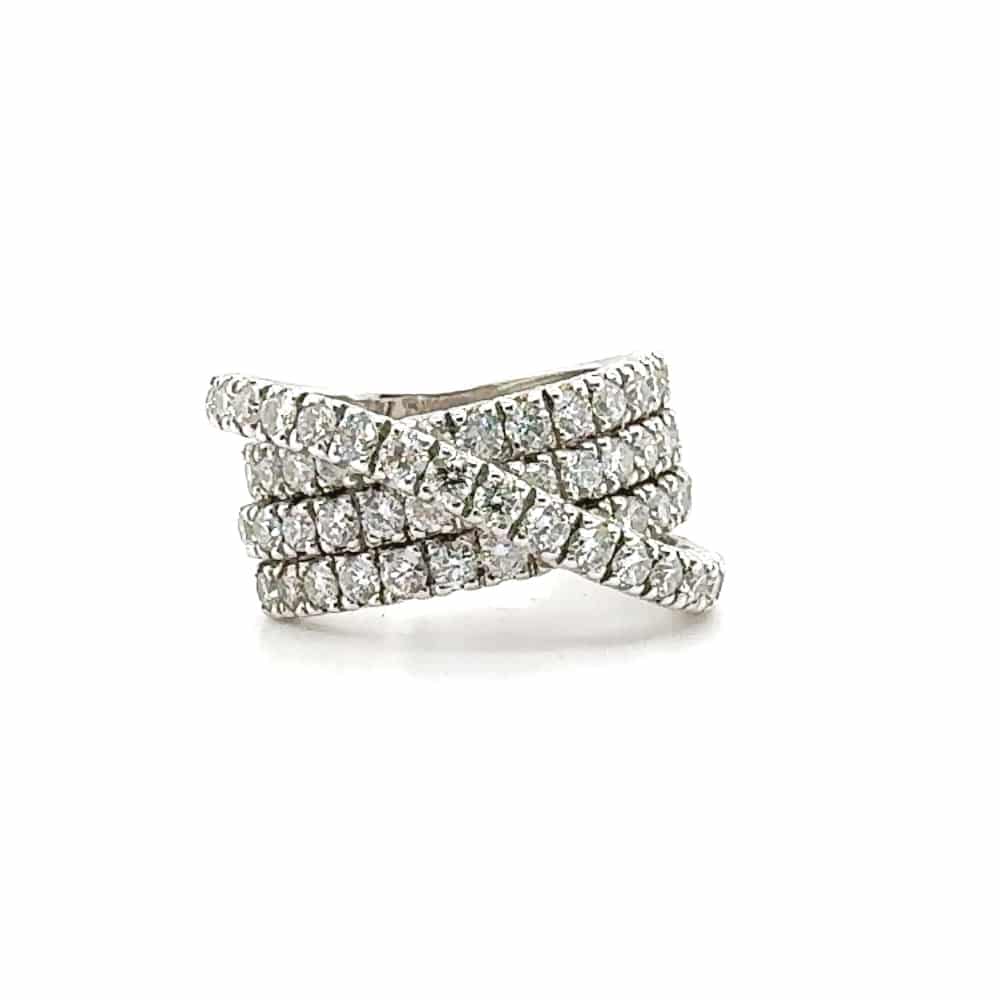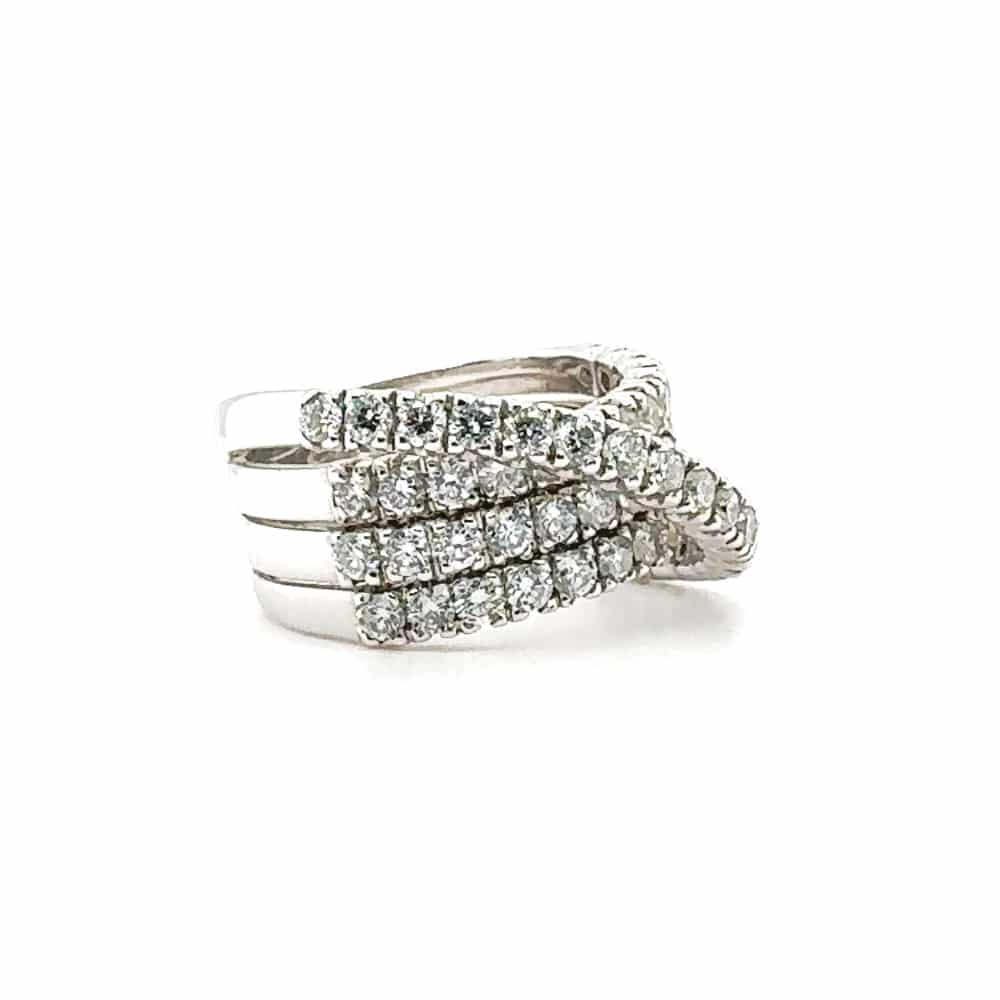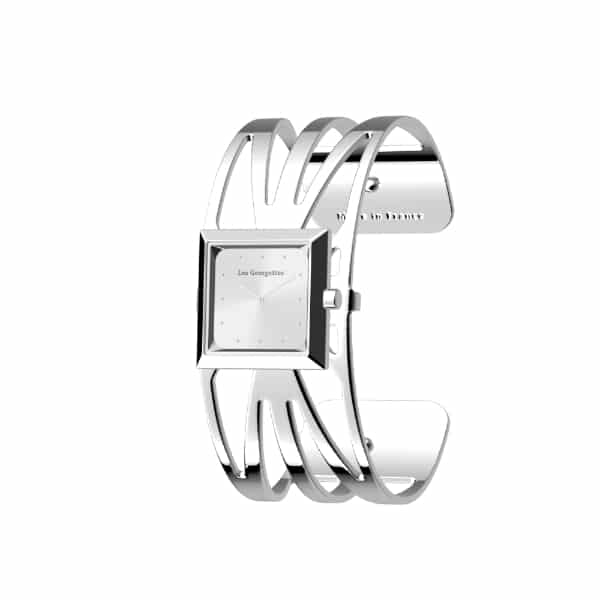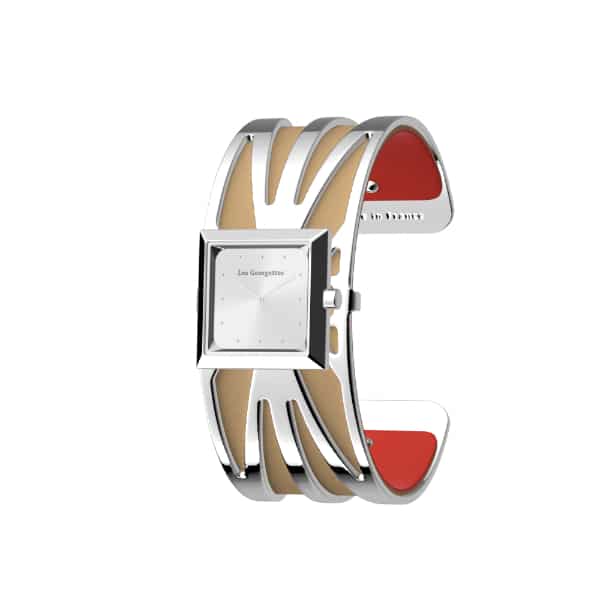To begin creating something special, let's start with what is most unique in nature...

EVALUATION MEETING
The first part consists of a very informal meeting, where you describe what you'd like to achieve, choosing materials, stones, and budget. You begin by jotting down some ideas on a piece of paper.

CAD REALIZATION
Jewelry has changed a lot in recent years, and thanks to the use of computer-aided design, it is possible to get a sense of how the project will come to life.

PRINTING, CASTING AND HAND FINISHING
It's at this stage that our goldsmiths will devote all their attention to ensuring every little detail of the project is just right. Finishing is the most important final process to ensure it's exactly how you want it.

YOUR JEWEL IS READY
At this point, we just need to organize ourselves so we can find the time to discover how your idea became reality!
ALREADY 4C'S WEIGHT

Diamonds and other gemstones are measured in carats: one carat equals 0.2 grams (not to be confused with Karat, as in 18k for gold, which refers to the purity of the gold).
Just as euros are divided into cents, carats are also divided into points. For example, 50 diamond points equal 0.50 carats. However, two diamonds of equal weight can have very different values depending on the diamond's other characteristics: clarity, color, and cut.
Since even a small fraction of a diamond's weight can make a difference in cost, precision is crucial. In the diamond industry, weight is often measured in thousandths of a carat and then rounded to the nearest hundredth. Above the carat, weight is expressed in carats and decimals.
The carat, the standard weight for diamonds and stones in general, takes its name from the carob seed which has a more or less uniform weight.
GIA 4C'S COLOR

The color of diamonds is more or less what you can see. Their value is based on how close they are to "colorlessness"—the less color, the higher the value. (With the exception of fancy-colored diamonds, such as rose-blue, etc.) Most diamonds found in jewelry range from extra-white to gradated with slight yellow highlights.
The GIA diamond color scale is a standard for the diamond industry. The scale begins with the letter D, representing extra white, and progresses with increasing whiteness to the letter Z. Each letter represents a color grade.
Diamonds are purchased with a set of stones, called touchstones, which have been chosen under a certain type of light, cut and weight.
- Many of these colors are so invisible to the human eye that they are often used by dishonest jewelers to offer a lower quality stone at the cost of a better one. Before the development of the DZ Color Grading Scale, a variety of grading systems existed. These included alphabetical letters (A, B, C with multiple As for better stones), Arabic or Roman numerals, and descriptions such as "blue stone" or "light blue."
The result was an inaccurate and inconsistent system. For this reason, the scale's creators decided to start with the letter D, to avoid any confusion with the old comparison method.
Text and images copyright GIA Gemmological Institute of America.
GIA 4C'S PURITY

Since diamonds are formed in the deepest reaches of the earth, under extreme pressure and temperatures, there are often signs of their “birth”—internal or external inclusions.
The clarity of diamonds depends on the presence or absence of these inclusions or blemishes. Diamonds without these "hallmarks" are difficult to find and therefore increase in value. Using the GIA scale, diamonds are assigned a clarity grade ranging from F (flawless) to I3 (included).
Every diamond is unique. No diamond is perfect under a 10x magnification, but some come very close. Known as Flawless diamonds, these are exceptionally rare (some jewelers have never seen one in their careers!).
The GIA scale contains 11 grades, with most diamonds falling into the VS (very slightly included) and SI (slightly included) categories. To determine the clarity grade, the GIA system considers the size, nature, location, color, and quantity of these characteristics, which are visible under a 10x magnification.
- Flawless (F): No inclusions or blemishes are visible to a professional grader using a 10x loupe. Internal Flawless (IF) : No inclusions and only a few blemishes are visible to a professional grader using a 10x loupe. Very, very slightly included (VVS1 and VVS2) : Inclusions are difficult to recognize for a professional grader using a 10x loupe. Very slightly included (VS1 and VS2) : Inclusions range from difficult to relatively easy for a professional grader using a 10x loupe. Slightly included (SI1 and SI2 ): Inclusions are visible to an experienced grader using a 10x loupe. Included (I1, I2, and I3 ): Inclusions are obvious and recognizable with a 10x loupe and can have repercussions on transparency and brilliance. As with color, the clarity scale was also created to avoid the problem of misinterpretation.
Text and images copyright GIA Gemmological Institute of America.
GIA 4C'S CUT
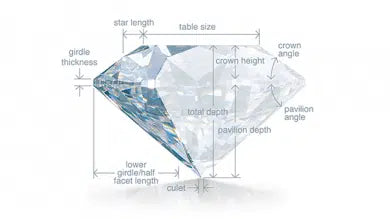
The quality of the cut is the factor that most influences the fire, brilliance, and brilliance of a diamond. The beauty and allure that a particular diamond exudes depends more on its cut than on any other characteristic.
The GIA cut grading system for the DZ color round brilliant standard is based on a combination of seven components. The first three—brightness (the amount of light reflected by a diamond), fire (the dispersion of light into the main colors of the spectrum), and scintillation (the mix of white and dark areas, the flashes of light when a diamond is moved)—are aspects of a diamond's appearance. The final four—weight, symmetry, finish, and strength—are related to the diamond's craftsmanship and cut.
In the GIA system, each component is individually graded, assigning its relative importance to the diamond's cut quality. Each cut grade is based on a scale from excellent to poor, representing a range of proportions and appearance.
- For example, looking at a diamond from the side, the main components, from top to bottom, are the crown, the girdle, and the pavilion. A perfect cut has 57 or 58 facets; the 58th facet depends on whether or not there is a small facet at the tip of the diamond called the culet.
A diamond's proportions relate to the table size, the angle of the crown, and the depth of the pavilion. It's important to understand that a variety of proportions exist, and that these influence the interaction of light with the diamond and, therefore, its appeal to the human eye. While it's important to consider many factors when evaluating the quality of a cut, it's important to remember that the buyer's eye plays a fundamental role. Everyone has the freedom to choose the perfect cut for them. Very often, people use cut and shape interchangeably. In reality, the "round" shape is the most commonly used in Italy, but many other shapes exist, such as marquise, pear, oval, and princess. Hearts and triangles are also beginning to gain popularity in jewelry.
Text and images copyright GIA Gemmological Institute of America.


